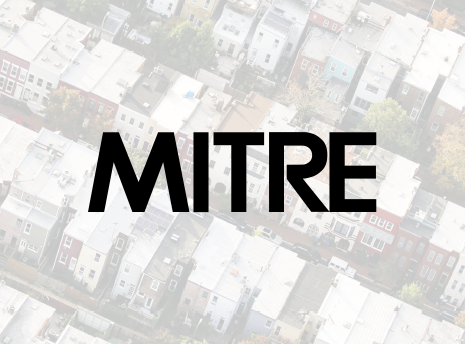The Council of the District of Columbia's Office of Racial Equity (CORE) requested an analysis of the District's Black-White racial wealth gap to inform Council deliberations and to support the design of racially equitable legislation. MITRE offered a data-driven systems approach to understanding the racial wealth gap in the District. The analysis combined quantitative data like census statistics with participatory qualitative data, including real stories from D.C. residents, to:
- Facilitate shared understanding of the current wealth building system in D.C., including how it operates and how to introduce change;
- Offer methods for exploring how Black and White D.C. residents of different socioeconomic profiles experience the system differently; and
- Draw on D.C. residents' lived experiences to identify leverage points best suited to address the racial wealth gap.
The explainer below highlights how CORE and MITRE used a conceptual model to improve understanding of a complex issue and inform additional analyses and planning. See the full report for greater detail as well as considerations for goal setting, measuring progress, and solution design with communities most impacted by wealth inequities.
Average Property Value in Washington, D.C. by Race and Ethnicity
Median Household Income in Washington, D.C. by Race
Wealth as a System of Systems
A Causal Loop Diagram for Wealth Building in Washington, D.C.
Quality Employment and Income Factors
Workforce Readiness Factors
Homeownership and Living Expense Factors
Key Feedback Loops Driving Washington, D.C.'s Racial Wealth Gap
Main Feedback Loops in Washington, D.C.'s Wealth Building System
Investing in Employment
Building Financial Resilience
Increasing Rates of Return
How Do We Alter the Behavior of an Entire System?
MITRE offers these models to help leaders and their communities collaboratively clarify social problems and design evidence-based solutions. By identifying which feedback loops are the most impactful, systems analysis helps communities build a portfolio of coordinated interventions that accelerate progress toward social and racial equity. Additional modeling and analytics assess baseline system conditions and readiness for change, scope interventions, and inform the strategy for measuring progress over time.
These conceptual models and frameworks represent a starting point for shared understanding, building on and complementing the work of research economists, social scientists, and community members. Decision makers must continue refine and improve in continued partnership with D.C. residents and other key parties inside and outside of government.
Dig Deeper
Learn more about this issue through these resources.



